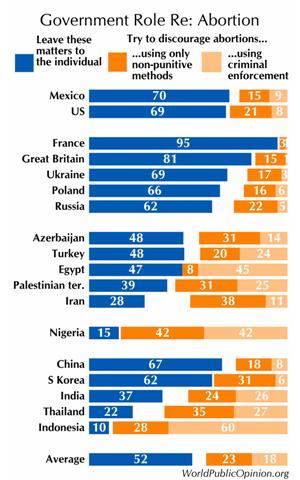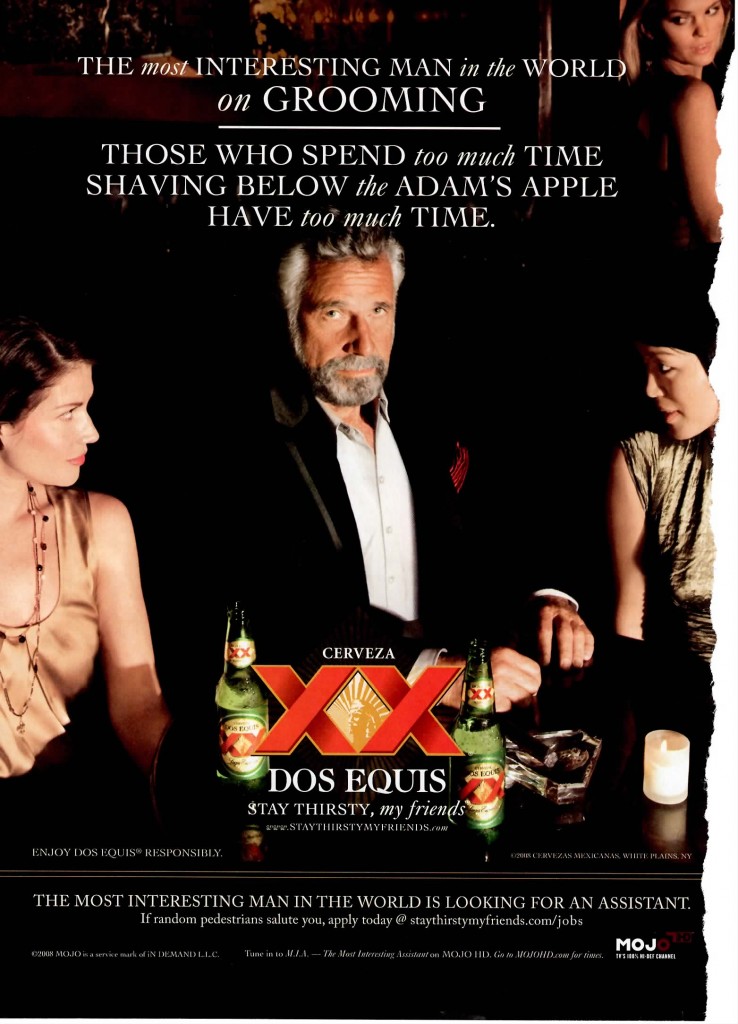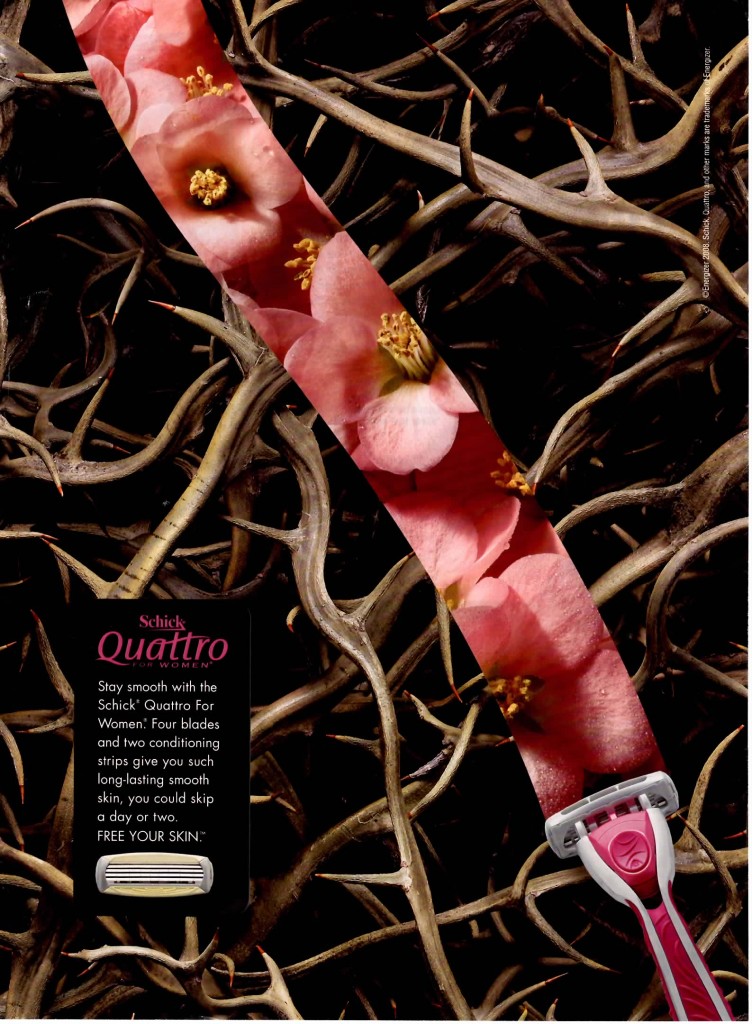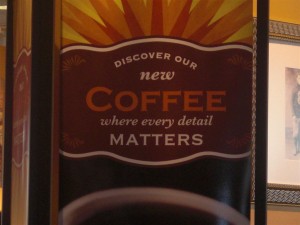I guess sociologists are off the charts!

Here, via The American Virgin.
We’re pleased to feature a post by Robert Hariman. Robert is a professor of Rhetoric and Public Culture in the Department of Communication Studies of Northwestern University. Robert blogs at No Caption Needed, where we saw this great post:
—————————
I am suspicious of references to “the Arab Street,” particularly when the phase is applied–as it often is–to nations and other vast swaths of territory that are not Arab or not exclusively Arab. Several years ago Christopher Hitchens declared that it was a vanquished cliche but he was misusing it himself and not surprisingly as he was blowing the war trumpet for the Bush administration. And he wasn’t speaking of its persistence as a visual convention.
The caption of this photograph at The Guardian says only, “Nowruz celebrations in Afghanistan.” Nowruz is the name of the Iranian New Year, which is celebrated in a number of countries by people of several faiths. The baskets of dried fruits eaten during the holiday provide the only visual connection to the colorful festivities, and you have to know more than the paper tells you to see that. For many viewers, this will a thoroughly conventional image of the Middle East.
That image is one of throngs of working class men massed together in the street. What little business is there is in the open air markets lining each side of the densely packed urban space. We see small batches of everyday goods on display–probably to be bartered for, no less. The open baskets of food are a sure marker of the underdeveloped world. (Imagine how many packages it would take to wrap up all that fruit for individual snacks to be sold in the US; and even in Whole Foods the unpackaged food is in closed bins.) Everything fits together into a single narrative, but the masses of men and boys make the scene politically significant. This is the place where collective delusions take hold, where mobs are formed, and where unrest can explode into revolutionary violence and Jihad.
Which is why I get a kick out of this photograph of another Nowruz celebration.
The caption reads, “An Iranian man skewers chicken for grilling as he picnics with his family.” My first thought when I saw the image was to check and make sure it wasn’t taken in Chicago. This also is a very familiar scene: grass, blankets, families and friends, plastic containers of food, dad getting ready to do the grilling.
What is astonishing is that I was able to see them at all. A typical summer holiday photo becomes a radical disruption of Western visual conventions when taken in Iran and shown in the US. Of course, it wasn’t shown in the US: this, too, is from the UK paper.
In this photo, there is no Arab street nor Iranian masses dominated by Mullahs and demagogues. A middle class tableau reveals that so much of what is in fact ordinary life for many people in Iran and elsewhere in the Middle East is never seen in the US. And it isn’t seen because it doesn’t fit into simplistic categories, outdated stereotypes, and a dominant ideology. All that is shown and implied in the cliches is of course also there, but it is there as part of a much more complex and varied social reality.
As evidence of how things might appear a bit different, notice how seeing the second image can affect perception of the first one. In the second, it seems evident that the family is posing for the photograph. They’re doing exactly what they would have been doing but now with the additional, amused awareness that it is, for a moment, also an act. And sure enough, if you look back to the first photo, you can see the same thing. And if you can see that, they no longer need appear as a mass, or poor, or threatening, or anything but people enjoying a holiday. Much like people in the US were doing this past weekend to celebrate St. Patrick’s day, thronged together, in the street.
Photographs by Natalie Behring-Chisholm/Getty Images and Behrouz Mehri/AFP-Getty Images.

Found here.
Here is an ad from the “Most Interesting Man in the World” ad campaign by Dos Equis:

This ad, which is a clear attempt to harken back to the halcyon days of unfettered masculinity, is a cautionary tale against the feminizing effect of men shaving their body hair. Contrast this message with that of the following ad for the Schick Quattro:

Since the razor is pink, we can safely assume that it’s intended for women to use when converting their spiky brambles into beautiful flowers.
So, men aren’t supposed to shave below the neck, but women are required to. Specifically, women are supposed to shave their “flowers” (in a nod to vulva-as-flower imagery?).
This may be helpful in discussions about social norms related to the removal of pubic hair. Of particular interest is whether the expectation of women’s pubic hair removal is objectively different from the expectation that they will remove other body hair. Although pubic hair is considered more “private,” it’s difficult to make the argument that the impact of removing it is more sexual than that of, say, removing armpit hair (given that women’s attractiveness is partially predicated on the illusion of hairlessness). Also, some men are beginning to remove their pubic hair (and the Most Interesting Man in the World be damned). Is this a positive shift, suggesting some parity in beauty standards, or is it a negative shift, in that superficial cosmetic norms now have the power to leapfrog over the traditional bastion of masculinity?
The controversial Minuteman Project encourages citizens to volunteer their time guarding the U.S./Mexico border against illegal immigration. Well, if you are disinclined to wander the border desert, you can now be a virtual Minuteman. Sandra H. N. sent us a link to BlueServo where you can click on a series of webcams. Each webcam is pointed at a spot where there may be illegal border crossings. Here’s a screenshot of the webcams you can select from:

Here’s a video about the project:
[youtube]https://www.youtube.com/watch?v=QCxXlPrxV7c[/youtube]
Here’s a description of a virtual border guard from an NPR story:
[He] pops a Red Bull, turns on some Black Sabbath or Steppenwolf, logs in to www.blueservo.net — and starts protecting his country. “This gives me a little edge feeling,” Fahrenkamp says, “like I’m doing something for law enforcement as well as for our own country.”
This is a fascinating convergence of patriotism, masculinity, class, and (likely) race. Minutemen protect (white) America by putting their bodies on the border, but now men can do so without the trappings of masculinity that Minutemen can lay claim to. Instead, if they have a computer with a (quick) internet connection, they can defend America from behind a computer screen and, perhaps, lay claim to at least some of the masculine capital that Minutemen on the border earn by putting their bodies on the line.
From another angle: I wish Foucault were alive today. Any Foucauldians out there who want to comment on this virtual panopticon?
Lisa Wade, PhD is an Associate Professor at Tulane University. She is the author of American Hookup, a book about college sexual culture; a textbook about gender; and a forthcoming introductory text: Terrible Magnificent Sociology. You can follow her on Twitter and Instagram.
Way back in December Sadie McC. sent in this Canadian ad for Tetley Red Tea, a variety that apparently originated in southern Africa:
We get several of the standard signifiers of “Africa”: tribal music with drums, elephants, and huts with thatched roofs (rooves? What’s the spelling consensus these days?). Both what mostly struck Sadie and I is our feeling that if we were marketing a food product, probably we would go with not choosing imagery that made the product look an awful lot like blood. My usual argument to students is that things in ads are not accidental; millions are spent on ad campaigns, and they are scrutinized, focus-grouped, and every detail is poured over by many individuals, all to add to the overall design. But in this case, I’m going to assume that somehow nobody noticed that the commercial kinda makes it look like wisps of blood creating scenes of Africa.
Anyway, I was looking around online for information about tea cultivation in Africa and found this short video about tea production in Kenya, including images of workers harvesting the tea:
[youtube]https://www.youtube.com/watch?v=zyP-l6eP_sE[/youtube]
It might be a good video to show if you’re talking about globalization and agricultural labor, to get students thinking about how our food gets to us and who is doing the often non-mechanized, back-breaking labor required for us to have such a wide variety of foods available year-round. In the video, the men don’t look obviously miserable, but my guess is that picking leaves with your bare hands for hours at a time, while carrying bags of leaves on your back, is pretty unpleasant, physically demanding work that probably isn’t highly paid. And I could be wrong, but I’m betting workers don’t wear protective gear to keep them from coming into contact with chemicals when the crop has been sprayed with fertilizers, pesticides, herbicides, or whatever else they might spray on the fields.
Apparently, due to the perceived healthiness of green teas, imports to the U.S. were up 7% in 2008, to about 257 million pounds. I was surprised, however, to learn that we’re only the 7th biggest consumer of tea. Having grown up in Oklahoma, where sweet tea was ubiquitous and nearly mandatory, and is the only beverage served at my family’s get-togethers, I sort of have this idea that everyone drinks iced tea, all the time, and expected us to rank higher.
Random tea-and-Gwen-related story: I was a waitress in Wisconsin for a while, and one time a woman ordered “regular” tea. I brought her a glass of unsweetened tea in a glass. She stared at it and said “I just wanted plain tea.” I assured her I had brought the unsweetened kind, but she insisted again that she just wanted “normal” tea. I was pretty confused at this point and explained again it wasn’t the raspberry-flavored tea and it wasn’t sweetened, it was just plain. She then very slowly, in that extra-loud and enunciated voice people use to talk to people they think are either not too bright or maybe don’t speak their language very well, that she wanted “the kind that comes hot, in a teapot,” making exaggerated gestures like she was pouring tea into a cup. I called my mom later and she was as befuddled as I was to think that anyone would mistake that kind of tea for normal tea.
And then I found out the Brits drink milk in tea.
UPDATE: Commenter Christine says,
…red tea is not just from southern Africa, but very specifically South Africa, with strong historical ties to colonialism in the area. Even the other name the tea is known by, rooibos, is an Afrikaans word; the Afrikaans language developed among Dutch settlers in South Africa. Cultivation of the plant began in the 1930s; commercial production came about around WWII; apartheid laws were enacted in 1948.
And reader Steve W. sent in two photos of some coffee he saw for sale at Panera Bread, where the package assures buyers that “every detail matters” and that the coffee is made from “handpicked beans that are carefully selected”:


As Steve points out, for most of us, when we see descriptions like “handpicked,” we usually don’t connect it to actual people doing actual work. It’s also interesting that the phrase “handpicked” is used to imply that the product is somehow special and carefully produced. But the video above shows handpicked tea, and I don’t think you can argue it was being carefully chosen (the workers, after all, need to pick as quickly as possible to increase their pay), but also you’ll see the phrase used in situations where most of the crop is harvested by hand, meaning that it doesn’t indicate any special production process at all.
Gwen Sharp is an associate professor of sociology at Nevada State College. You can follow her on Twitter at @gwensharpnv.
Below are screenshots of the Degree Men, Degree Women, and Degree Girl websites.
Degree genders their deodorant with color (turquoise and lavender versus blue and yellow), pattern (bold lines versus curving spirals), language (women are “emotional” and men “take risks”). Really, Degree? We’re still going there?
Even the scents are gendered and, further, they reveal how we place men and women in a hierarchy (e.g., “Extreme Blast” versus “Summer Rain”). Men even get a scent called “Power.”
Degree also markets their product differently towards adult and t(w)een girls. Women are “emotional,” girls are “OMG!” let’s dance!!!
OMG! Let’s take a look!
“DEGREE MEN. PROTECTS MEN WHO TAKE RISKS.”

“Absolute Protection.”
“Responds to increases in adrenaline.”
“Proven at the hottest temperature on earth.”
“Unbeaten in competitive dryness testing.”
Scents include “Cool Rush,” “Extreme Blast,” “Arctic Edge,” “Intense Sport,” “Clean Reaction,” and “Power.”
“DEGREE WOMEN. DARE TO FEEL.”

“Emotional sweat can cause body odor more than perspiration from physical activity… you need extra odor protection to kick in when you’re stressed or emotional.”
Scents include “Classic Romance,” “Spring Fusion,” and “Fresh Oxygen,” “Pure Satin,” “Delicious Bliss,” and “Sexy Intrigue.”
“DEGREE GIRL. PROTECTION FOR EVERY OMG! MOMENT.”

“Crazy, exciting or embarrassing, OMG! moments happen to everyone.”
“Sign up 4 Cool Stuff! OMG SIGN UP.”
Scents include “Fun Spirit,” “Tropical Power,” and “Just Dance.” See also “Pink Crush.”
Also in dumb gendered marketing: Redken for men, make up for men, Frito Lay targets the ladies, nature versus the beast, it may be pink, but it’s not girly, gendered vitamins, and RISK (for men only).
Also in marketing towards tweens: “My Life” involves getting a boyfriend, teenager+colonialism = weird, and Nair for tweens.
In the wake of the embarassing incident where car company executives were called out for flying in private jets to beg Congress for money, Cessna, manufacturer of private jets, is fighting back. At their new website, www.cessnarise.com, they’re framing the attack as skeptical hyperbole that doesn’t take into account the facts and recommending that potential purchasers of private jets “rise” above it all. Some screenshots:

Notice that Cessna frames the resistance to private-jet-flying chastisement as a “challenge” that should be overcome.

I don’t know whether private jet ownership is, in fact, economically smart. I am rather sure that it depends on the company/person. I do, however, think it’s interesting the way that Cessna is framing a rejection of the point made by Congress (that it is, perhaps, indulgent to insist upon private jet travel) in moral terms. Customers should “rise” above, take on the “challenge,” fight the “naysayers,” beat the “skeptics.” Real economics, then, appear to take a backseat to resisting the accusation that some of us enjoy extreme class privilege that is not necessarily justified by the books.